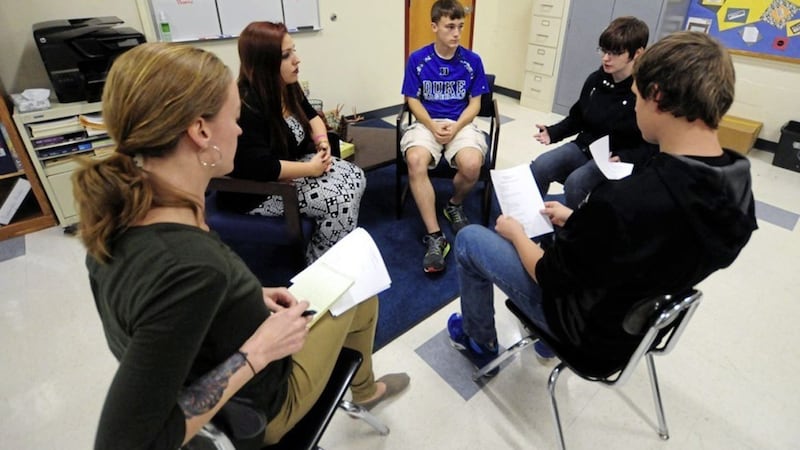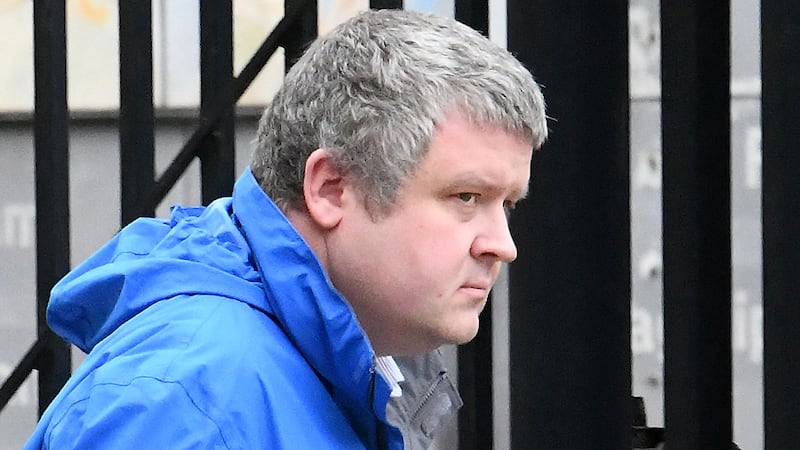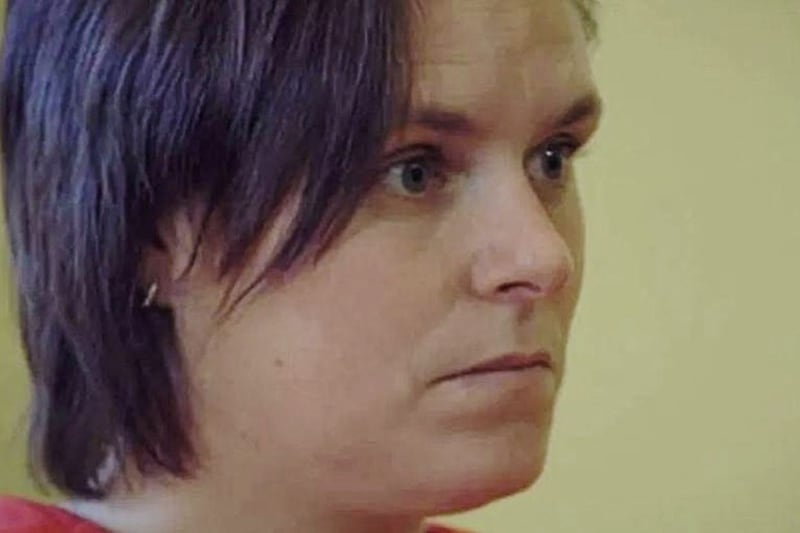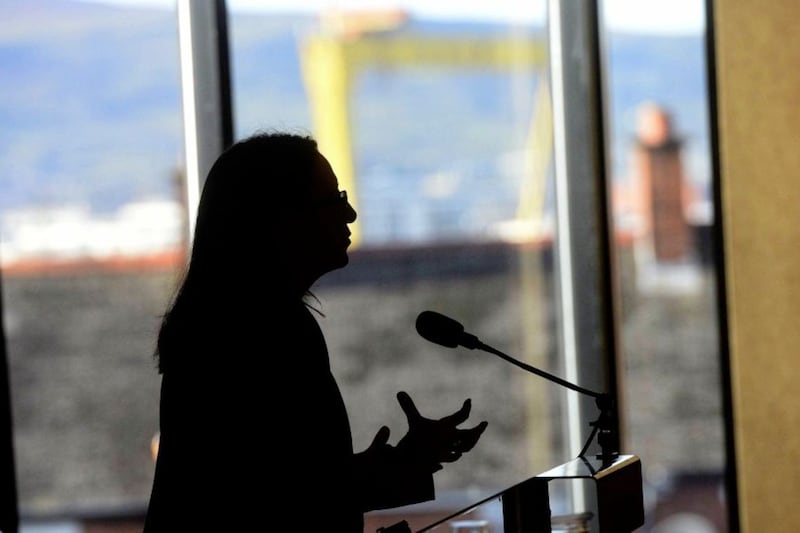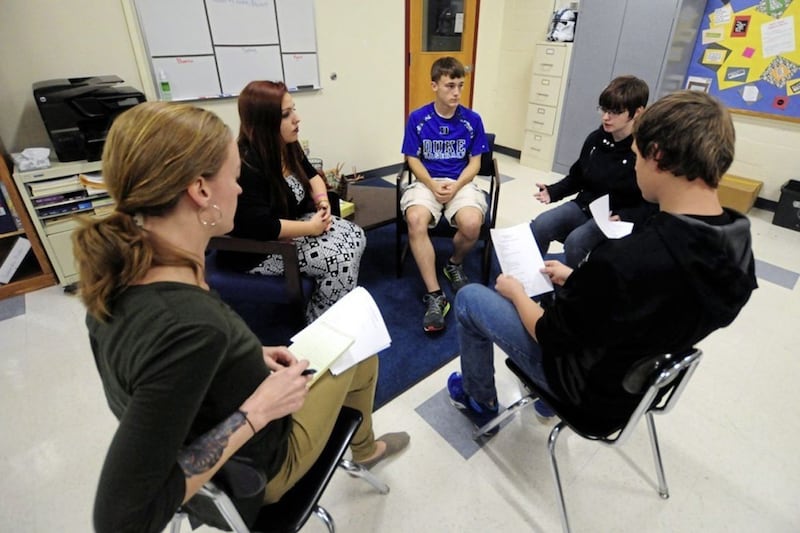NAOMI and Jane were 15 years old, went to the same college and were best friends from primary school.
For a while Jane noticed that Naomi was distancing herself from her friends and was engaging in mean behaviour both in school and the community.
She tried to speak with her but the behaviour became directed at her and after several weeks, Naomi mocked Jane during class and then assaulted her during lunch break.
When informed of the assault, the school principal spoke with each girl separately.
Jane said she had no idea why she was targeted and was devastated at what happened. She felt afraid of Naomi, her work was affected and she didn't want to go to school.
Naomi, meanwhile, broke down in the principal's office. She told how her parents had just separated and she couldn't cope with the changes to her life. She was jealous of Jane, who had loving and supportive parents and, wanting to create status within her new group of friends, she attacked her.
It’s a scenario that will be familiar to many teachers. And in many schools, the principal feels left with no option but to suspend or even exclude the violent pupil.
But this head teacher, having been trained in ‘restorative practices’, decided to offer both girls the opportunity to engage in a restorative conference.
Both sets of parents, although apprehensive, agreed to participate, with the principal acting as facilitator.
Naomi shared her story, explaining how she was not coping with her situation at home. She said she was lashing out at the one person she knew cared deeply about her and she was truly sorry.
Jane then told what had happened and how she felt. She said she accepted Naomi’s apology, but needed time to be able to trust her again.
All parties agreed a plan which would help Naomi make amends for her behaviour, as well as access support at a difficult time.
Jane suggested that Naomi walk with her into school for the next week so that everyone could see they had restored their friendship. Naomi then offered to buy Jane a gift from her pocket money.
Naomi kept her promises and her parents also took part in family mediation. Her behaviour improved significantly.
Jane also felt that the conference provided her with both healing and closure and she now had a much stronger bond with Naomi.
The names have been changed, and the school kept anonymous, but it's a real example of restorative practices in action in Northern Ireland.
The aim is to allow who have suffered harm to be able to convey the impact to those responsible, and for the perpetrator to acknowledge the hurt and take steps to put it right.
As well as reducing disruptive suspension, proponents say `restorative schools' see better attendance rates and even improved attainment.
There have been calls to make it a compulsory part of initial teacher training and professional development.
Katrina Moore, vice-principal of Malone College in Belfast, said it introduced restorative practice as part of a new pastoral programme.
"We wanted a different way of working with some of our students to help them to cope with difficult situations in their lives," she said.
"It has been so successful in the first few months that we want to embed this across the school community. The response from the students has been fantastic and has brought about a complete change in attitudes from staff and pupils alike. There has been an increased benefit of this in pupil/teacher/parent relationships, which can enhance the education of our young people."
Janette McKnight, chair of the Restorative Justice Forum (NI), said restorative practices have been used sporadically in schools to date, but those who have adopted the approach have seen a huge impact.
"Research has additionally shown this is a more cost effective way to resolve conflicts and wrongdoing within the education context."
Martina Jordan, director of Consensus NI Restorative Solutions, is among those who work with teachers.
She said there are particular benefits for pupils from difficult backgrounds.
“Those schools we have trained in restorative practices are seeing excellent results in terms of a reduction in classroom disruption, better relationships between pupils and staff and the development of school communities that are more cohesive and motivated to bring out the best in each other.”
Harry Maguire from Community Restorative Justice Ireland has also delivered training in schools and carried out a three-year pilot in west Belfast.
"Pupils are unable to switch off from the major factors that influence their behaviour at the school gate, they carry their concerns with them," he said.
"Working restoratively understands this and then moves from punishment to reparation."
Tom Winstone, co-director of Northern Ireland Alternatives, also said restorative approaches are a way of "moving a young person on".
"For years we've just been containing - putting the lid back on – and eventually that just explodes in your face."
:: For further information see www.consensusnireland.com, www.alternativesrj.org, www.crji.ie and www.quakerservice.com.
